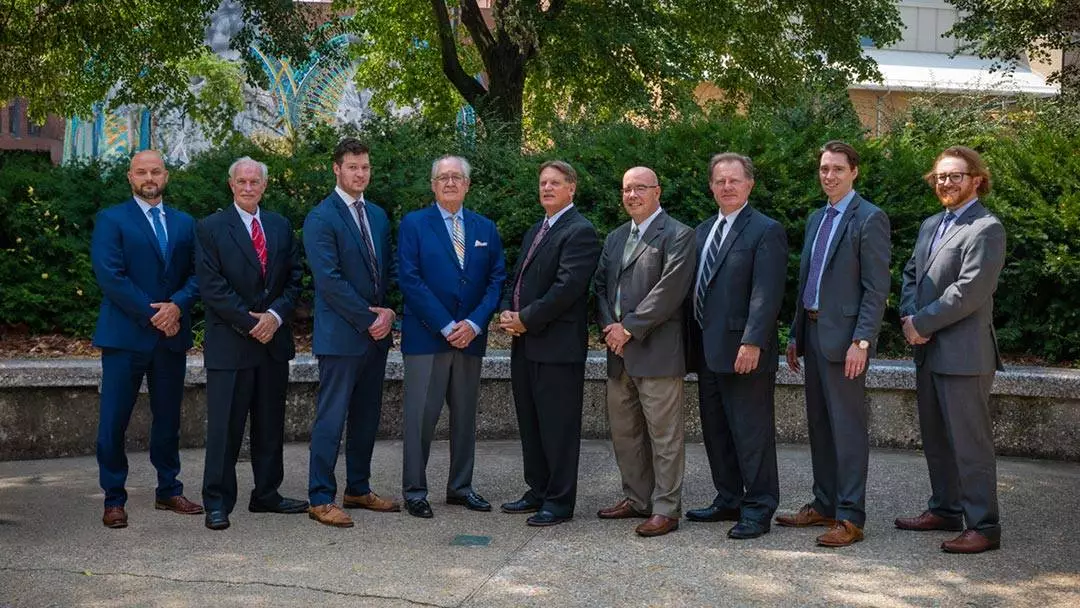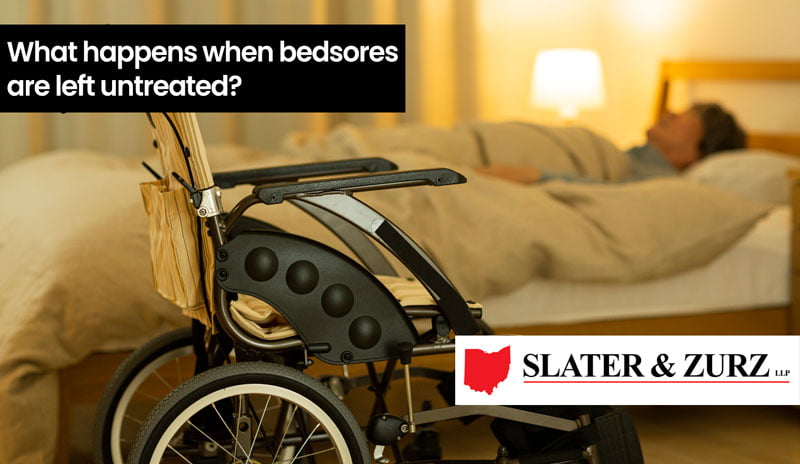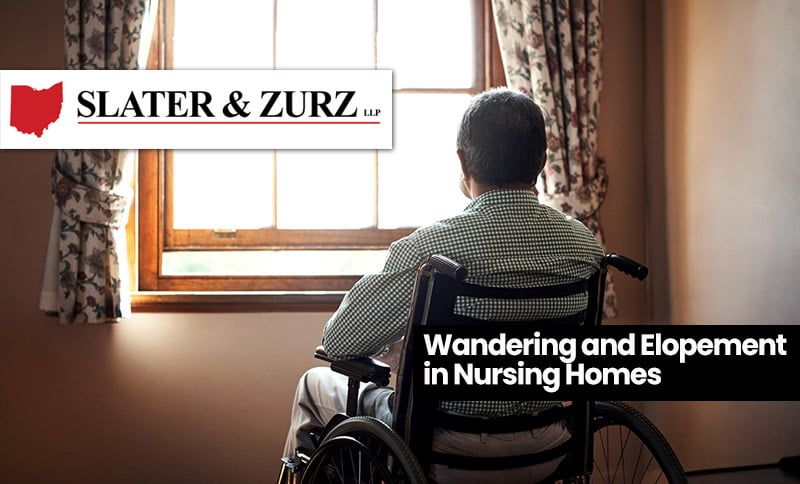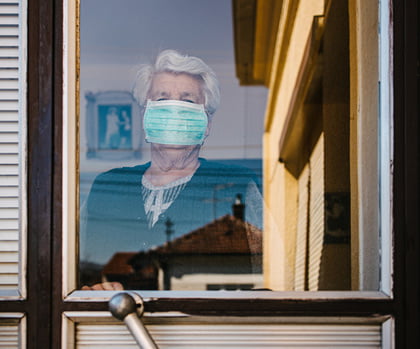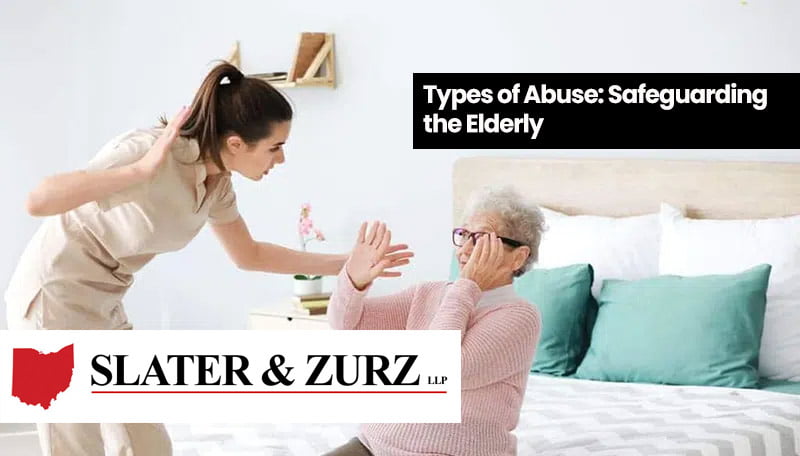Bedsores are sadly a far too common occurrence in Ohio nursing homes. What makes pressure ulcers even more devastating is that they are highly preventable, often caused by poor facility practices or nursing home neglect.
The Columbus nursing home abuse lawyers at Slater & Zurz are dedicated and relentless advocates of injured victims. We will do everything within our power to bring our clients and their families the justice they deserve. We will ensure those responsible for these senseless injuries are held accountable for their actions by securing full and fair compensation on our client’s behalf.
Should you or your loved one need help finding quality medical care, we can put you in touch with a qualified medical professional who knows how to treat bedsores and their associated conditions properly. When experience matters, turn to Ohio’s top nursing home abuse attorney. Turn to Slater & Zurz.
What are Bedsores?
Also called “pressure ulcers,” bedsores are injuries to the skin and underlying tissue that result from prolonged pressure on the affected area. These wounds generally develop on bony areas of the body, such as:
- Ankles
- Heels
- Elbows
- Shoulders blades
- Spine
- Hips
- Tailbone
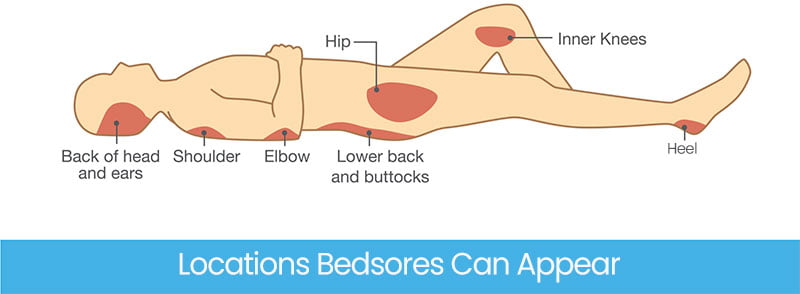
According to John Hopkins Medicine, individuals most at risk of developing bedsores are those who have limited mobility and are unable to change their position or those who spend the majority of their time in a bed or wheelchair. Individuals unable to sense pain or are unconscious are also at high risk.
Surprisingly, bedsores can develop quickly, in days – or even hours. However, with proper care and attention, bedsores can be healed and prevented.
The Four Stages of Bedsores
Medical professionals categorize pressure ulcers or bedsores into four stages. These stages are based on how deep the wounds are, which ultimately affects their treatment and healing time.
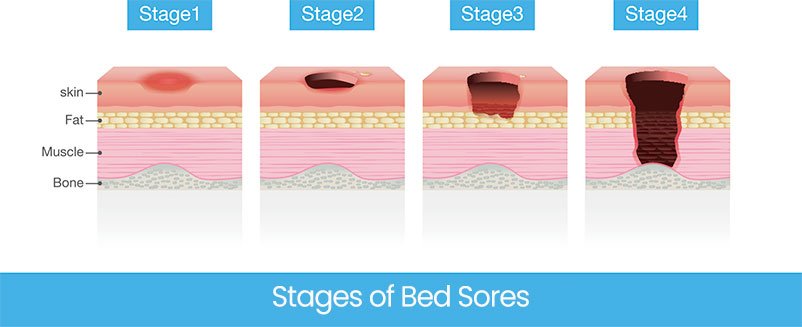
Stage 1 Bedsores:
In the mildest of the four stages, the wound only affects the top layer of skin. Symptoms include burning, itching, and pain. The sore may also feel warm to the touch and firmer than the surrounding tissue. The wound will often appear red and does not get lighter when you press on it.
Treatment includes removing pressure from the affected area. This can be done by repositioning or using a pillow or blankets as extra padding to alleviate pressure. Keeping the wound clean and dry is also important to prevent further tissue damage. Healing time is generally around a few days.
Stage 2 Bedsores:
In the second stage, the wound has broken through the top layer of skin and gone through into the second layer. This break in the top layer of skin creates an open, shallow wound that resembles a small crater. Bedsores may also contain a blister filled with either clear or yellowish fluid.
The area will be swollen, warm to the touch, and red. It will also be very painful. Treatment includes all of the same steps recommended for stage 1 bedsores, cleaning the wound with water or salt-water solution and patting it dry. They also recommend keeping the wound covered with moist gauze and looking for any signs of infection. Healing time is anywhere from a few days to a few weeks.
Stage 3 Bedsores:
In the third stage, bedsore has gone through both layers of skin and into the fat tissue below. The wound now resembles a large crater and may have a foul odor. Stage 3 bedsores typically have red edges, are hot to the touch, have pus or drainage, and if the tissue surrounding bedsores has died, it will be black.
At this stage, the sore will need a significant amount of care and likely require medical attention from a doctor. They may need to remove the dead tissue and treat the infection with antibiotics. Healing time is anywhere from a month to several months.
Stage 4 Bedsores:
The most severe of the stages, a stage 4 bedsore, will not only affect the layers of skin and underlying tissue but will likely reach the muscles and ligaments. The wound is large and deep, and you may be able to see tendons, muscles, and even bones.
The skin may appear black, and the wound shows signs of infection, such as red edges, pus, a foul odor, and drainage. The area will be hot to the touch but void of pain since the surrounding nerves have been damaged.
Treatment for stage 4 bedsores will likely include surgery and skin grafts. These wounds need immediate attention, so it is critical to see a doctor right away. Healing time can be anywhere from several months to several years.
When Bedsores Are Left Untreated
Failing to properly treat bedsores or pressure ulcers can turn a minor wound into something much more serious – even life-threatening. The following are possible conditions that can arise when a bedsore is left untreated.
Deep tissue damage – A lack of adequate blood flow can cause the skin to die in as little as a few hours. Damage can spread even deeper into the tissue, resulting in permanent and life-threatening damage.
Gangrene – Gangrene is a rare yet serious infection resulting from clostridium bacteria. This bacteria thrives in areas within the body that have minimal to no oxygen. The toxins cause the patient to suffer severe pain and swelling. The affected area requires surgery to remove dead tissue and sometimes requires amputation.
Cellulitis – A relatively common infection, cellulitis is a type of bacterial infection that affects soft tissue. Patients with cellulitis experience severe pain, swelling, and redness. Although cellulitis can often be treated with antibiotics, the infection can become life-threatening and spread to other body parts, such as bones, joints, spinal cord, and the bloodstream.
Bone infections – Bone infections and osteomyelitis, an inflammation of the bone and bone marrow, are very serious and require aggressive treatment. The bones most susceptible to infection include:
- Leg bones
- Upper arm bones
- Vertebrae
- Pelvic bone
Most bone infections can be successfully treated with antibiotics. However, in more severe cases, amputation may be necessary.
Sepsis – The body’s often fatal response to infection, sepsis is the most common reason for transferring patients from nursing homes to hospitals. One-third of those with sepsis will die from the condition. Those who live are often left with chronic pain, chronic fatigue, limb amputations, and organ dysfunction.
Cancer – When bedsores become chronic and never fully heal, they can lead to a form of cancer known as “squamous cell carcinoma.” This aggressive form of cancer requires extensive medical treatment, including surgery.
Bedsores and Nursing Home Abuse and Neglect
According to the CDC, one in 10 nursing home residents develop bedsores, and when these wounds are left untreated, they can become deadly.
Because bedsores are highly preventable with proper care, they can signify nursing home abuse and neglect. Nursing home staff members should be trained on how to prevent bedsores. So, if you or a loved one develops a bedsore while in a nursing home or other long-term care facility, you should not take the matter lightly.
What To Do if Your Loved One Developed Bedsore in an Ohio Nursing Home
Learning your loved one has developed bedsores while being cared for at a nursing home is devastating. But to ensure their safety and that they are adequately cared for, we recommend taking the following steps.
- Seek medical attention right away.
- If there are clear signs of abuse or neglect, call the police.
- Speak to management to ensure the proper measures are taken to remedy the situation.
- If you feel they are not working to resolve the issue, reach out to your local ombudsman. The ombudsman is in charge of investigating claims of abuse and neglect and imposing measures to resolve any acts of abuse or neglect.
- Consult an Ohio nursing home abuse attorney immediately. If your loved one is the victim of abuse, you have a legal right to hold the nursing home accountable and secure compensation for you or your loved one.
Top Ohio Nursing Home Abuse Attorneys
If you or a loved one developed a bedsore while residing in an Ohio nursing home or other long-term care facilities, we can help.
With over 150 years of collective experience and a track record of long-standing success, we have the knowledge, skills, and resources to hold the nursing home accountable for their negligent actions – or inaction and get you or your loved one maximum compensation for any and all losses. We advocate strongly on behalf of injured victims across Ohio, with convenient locations in Akron, Canton, Cincinnati, Cleveland, Columbus, and Toledo.
To learn more about seeking damages in bedsore or other nursing home abuse cases in Ohio, call our nursing home abuse lawyer at (888) 534-4850 or reach out to us online to arrange a FREE, no-obligation consultation today. We are available to you anytime, day or night.


